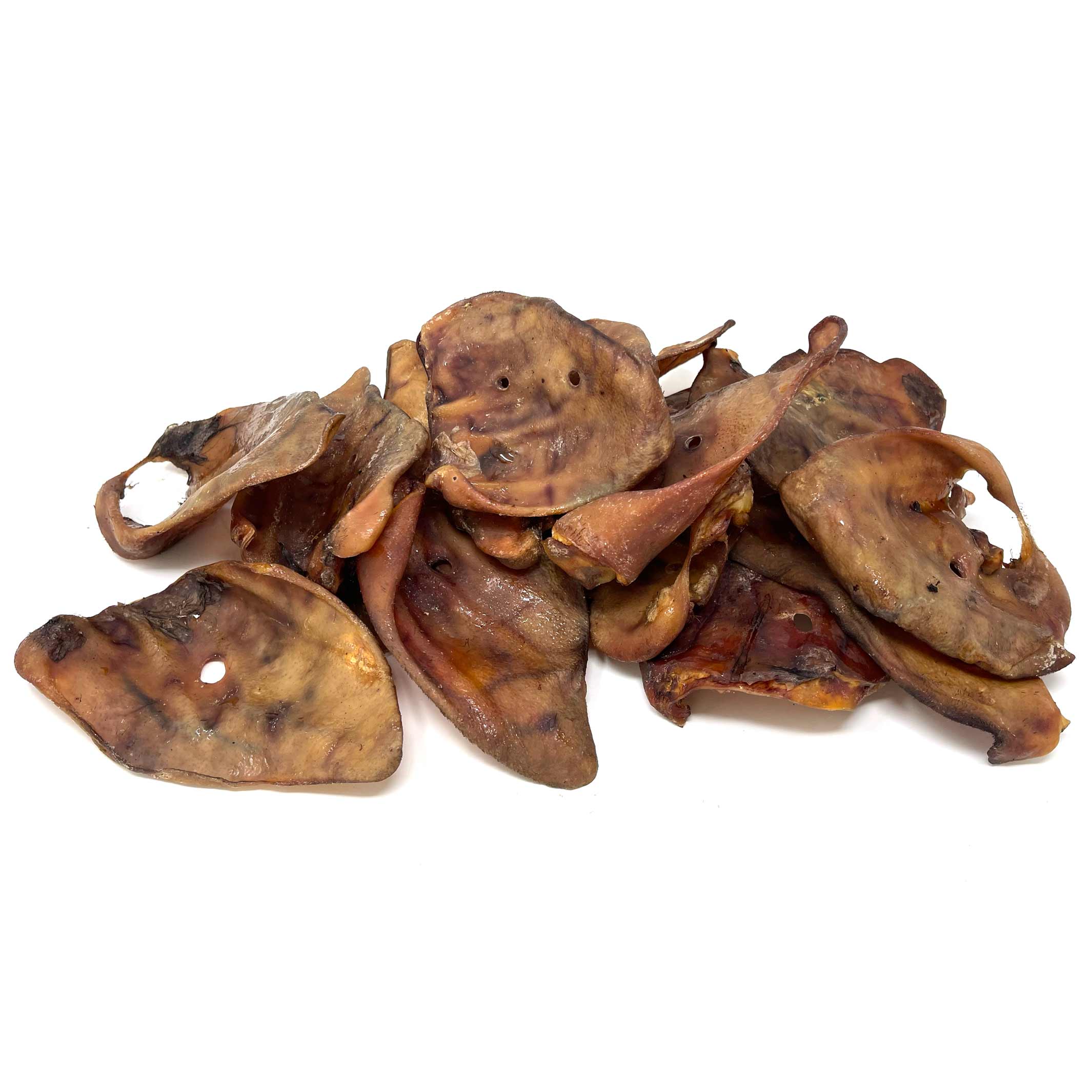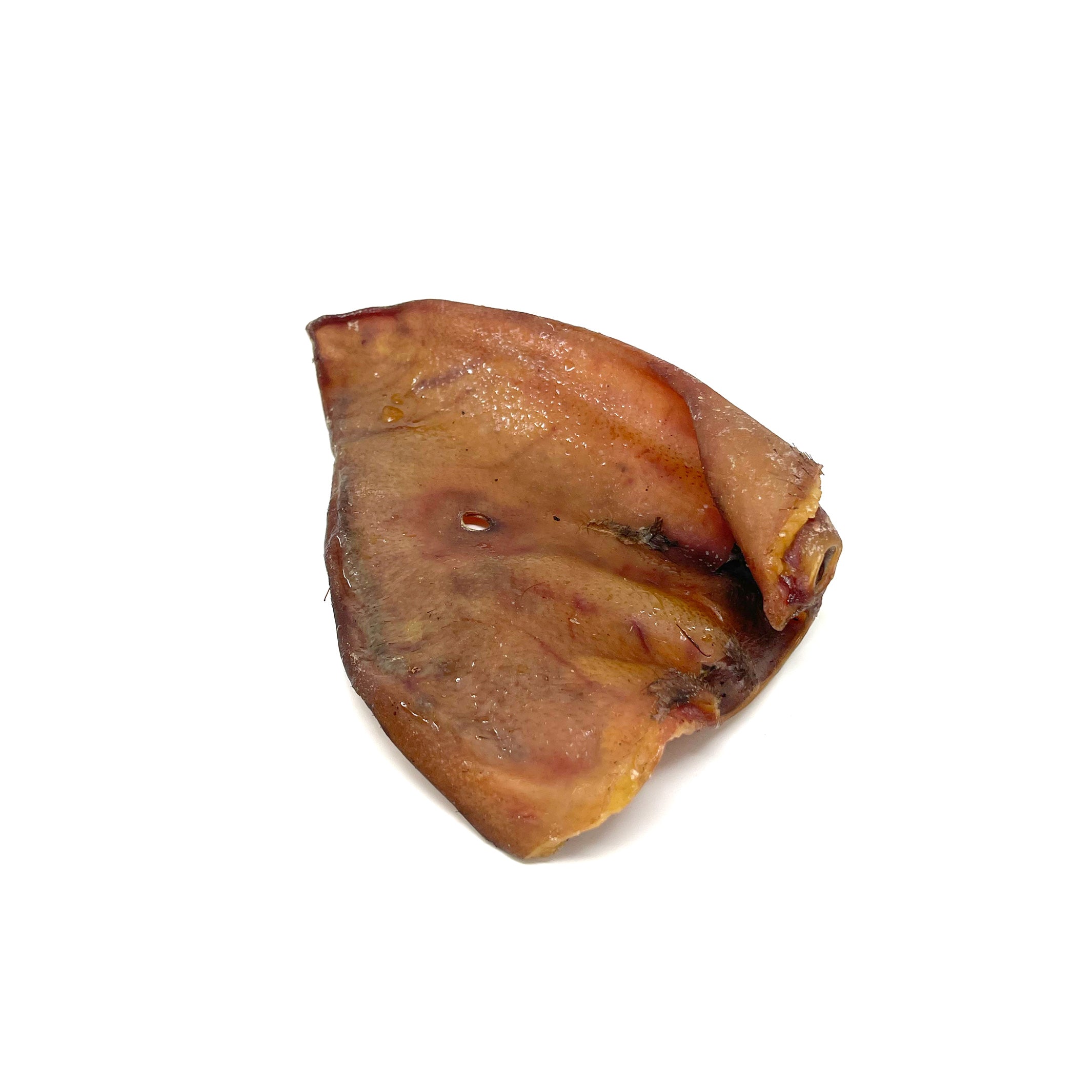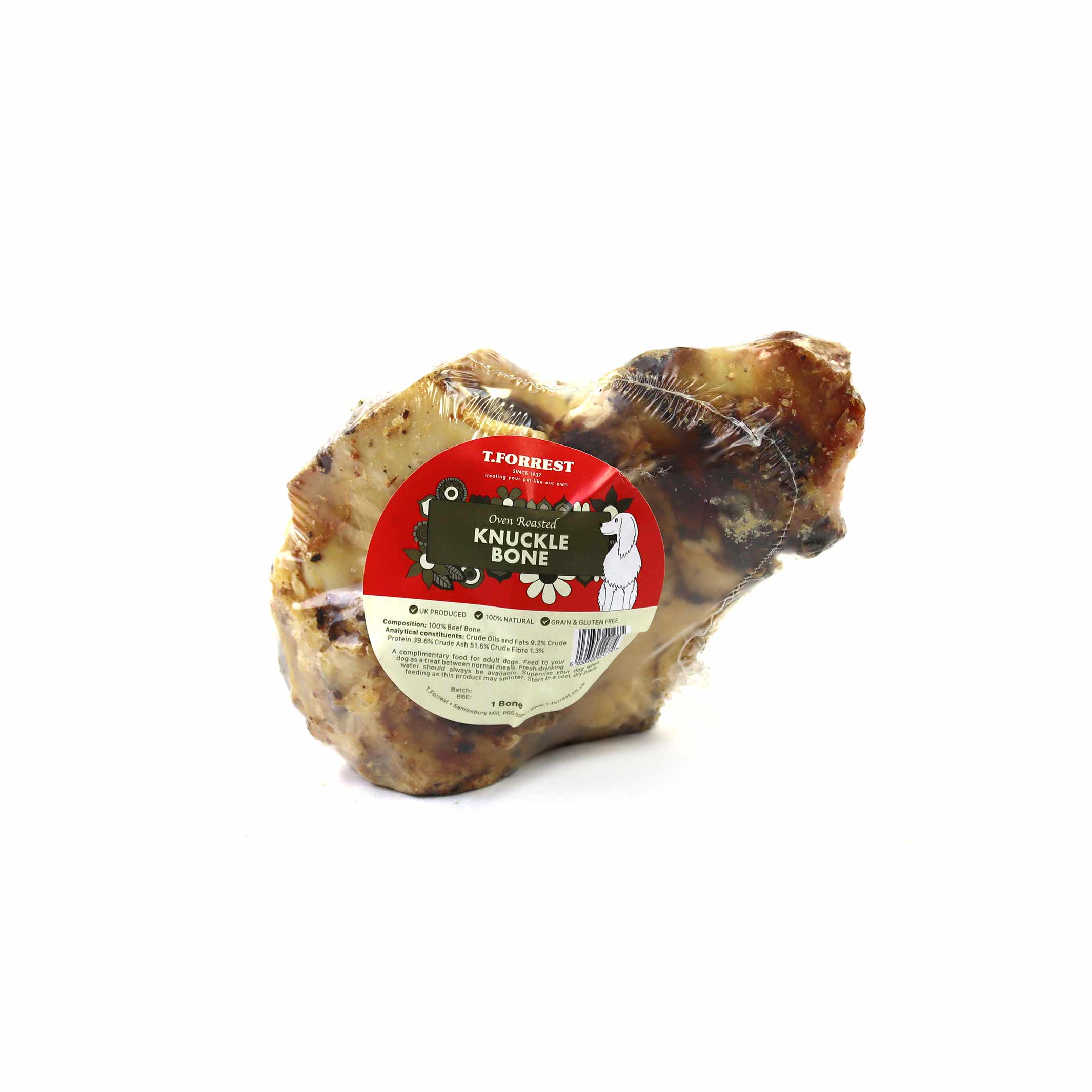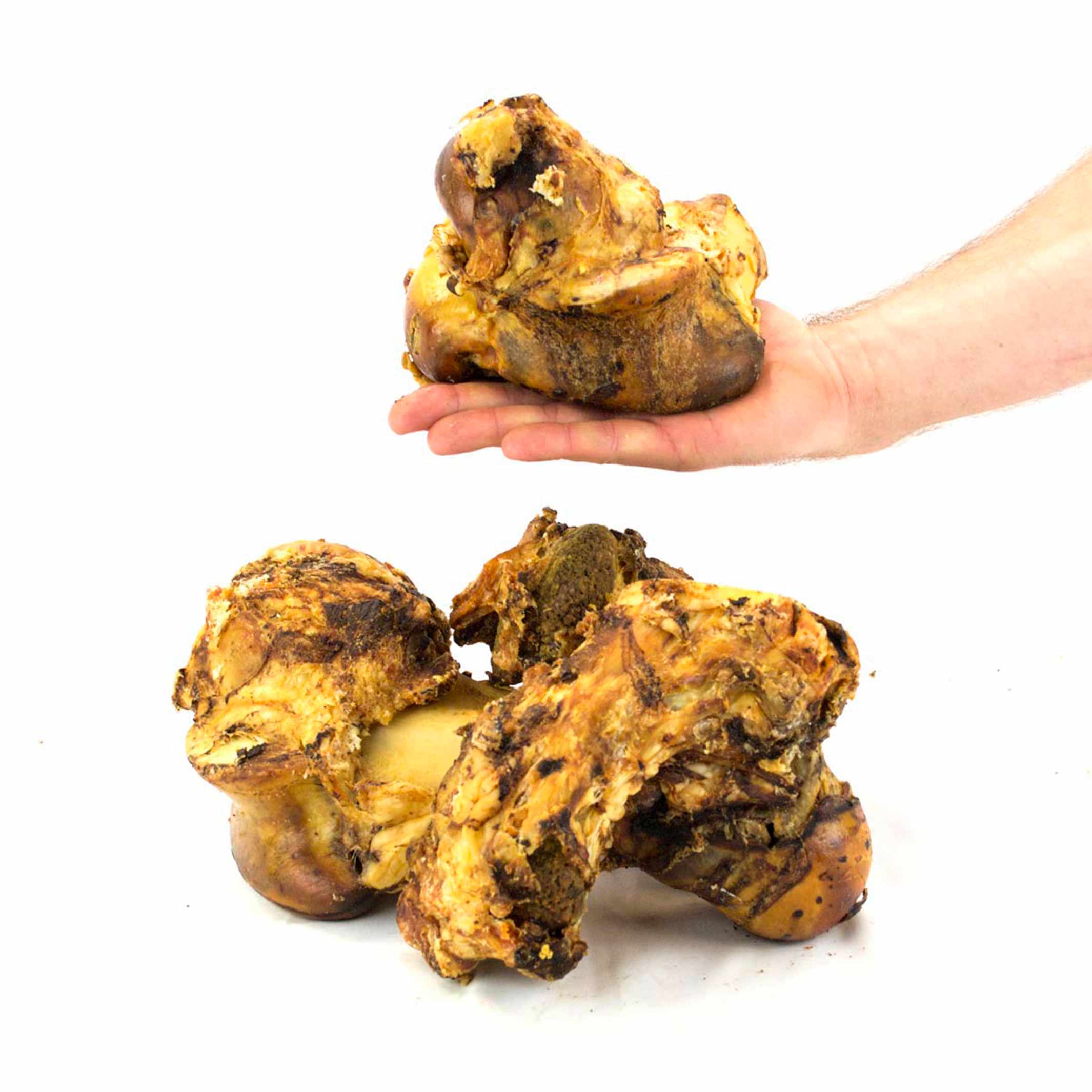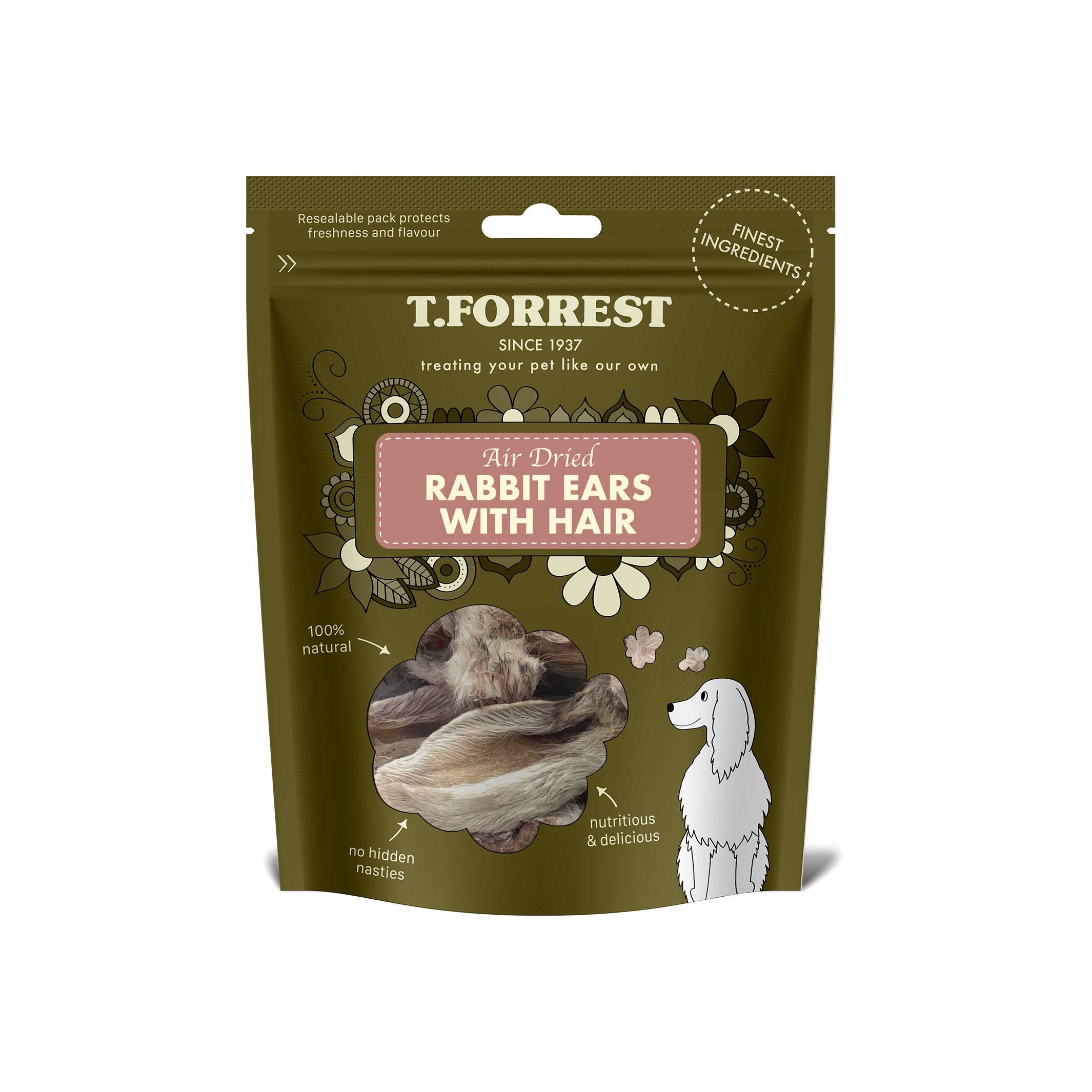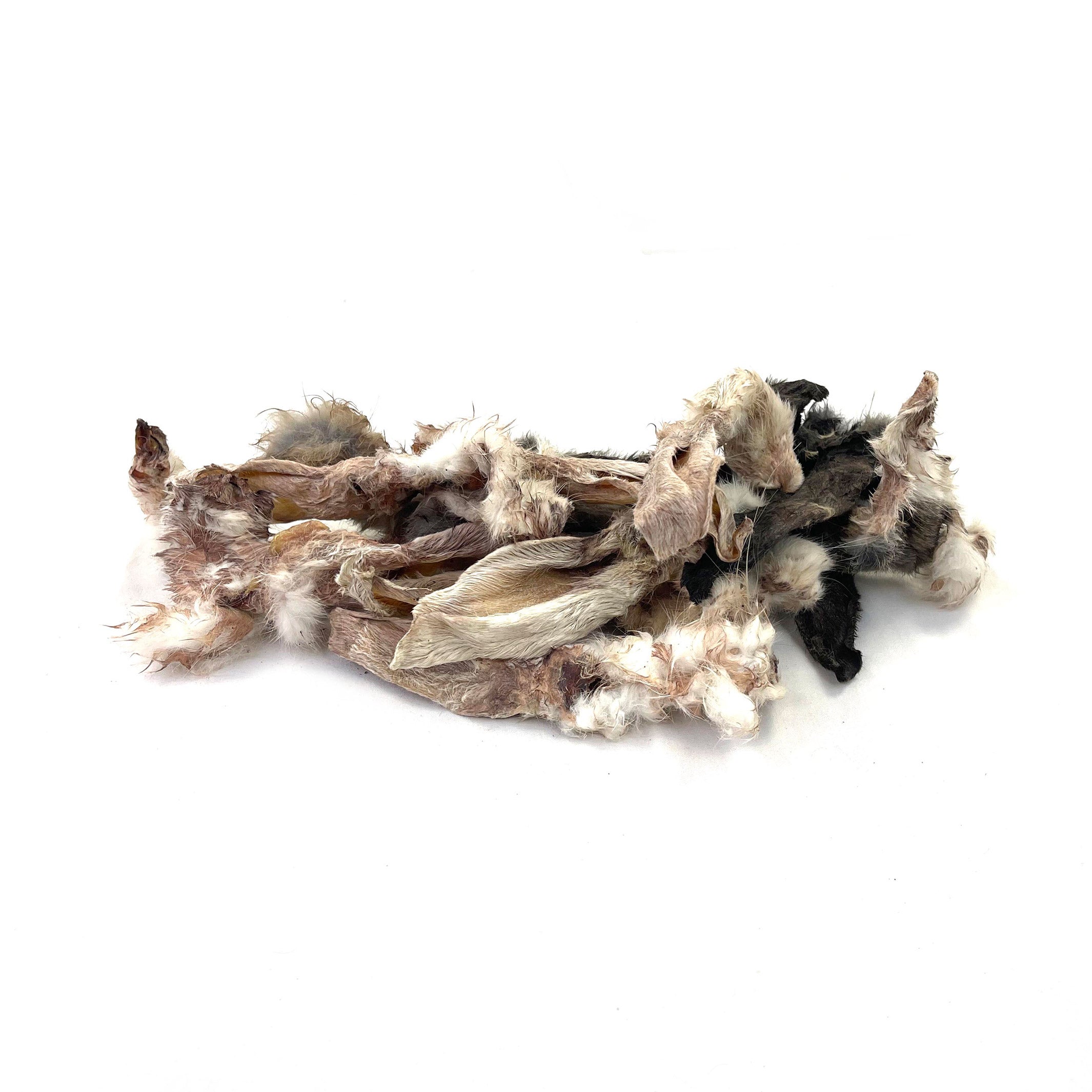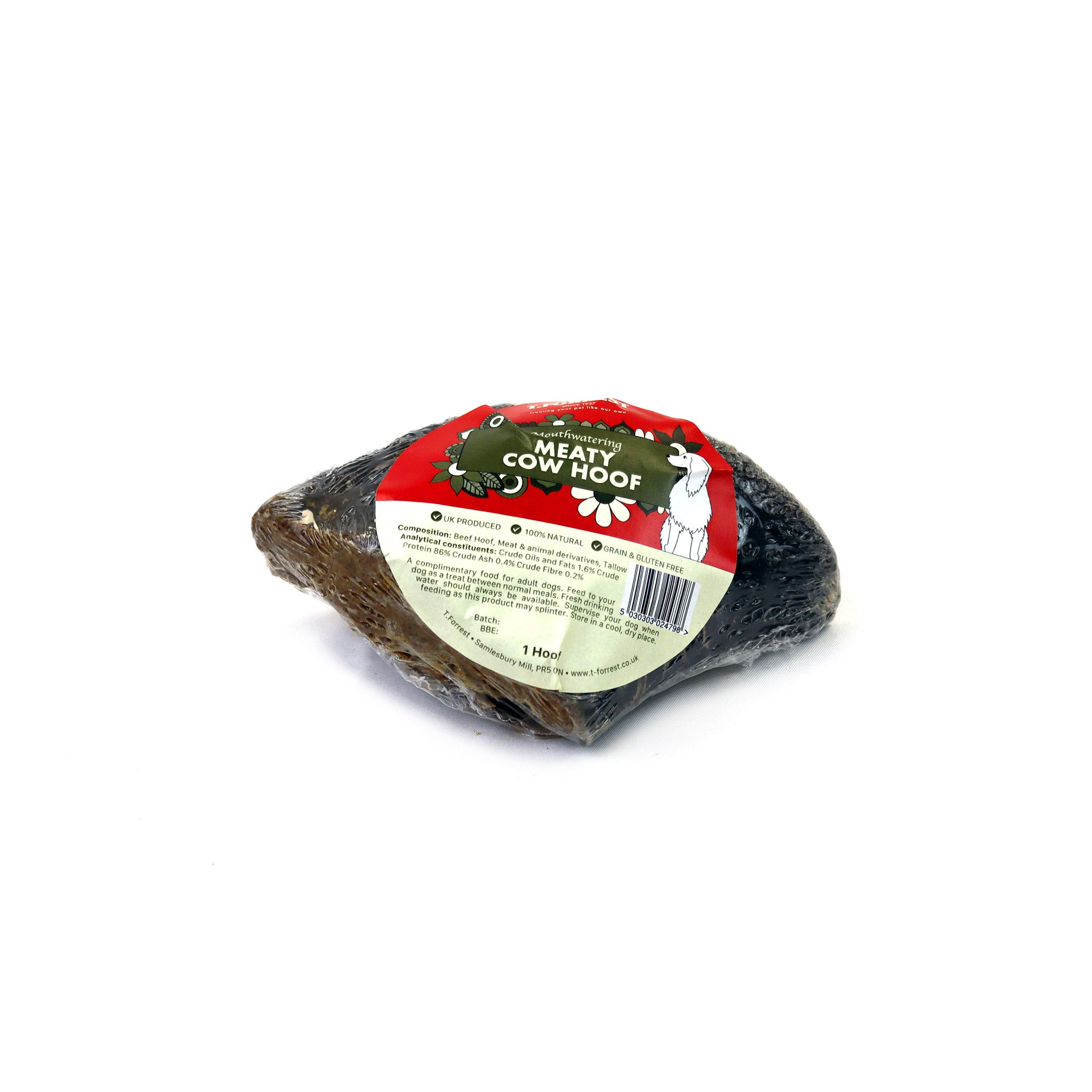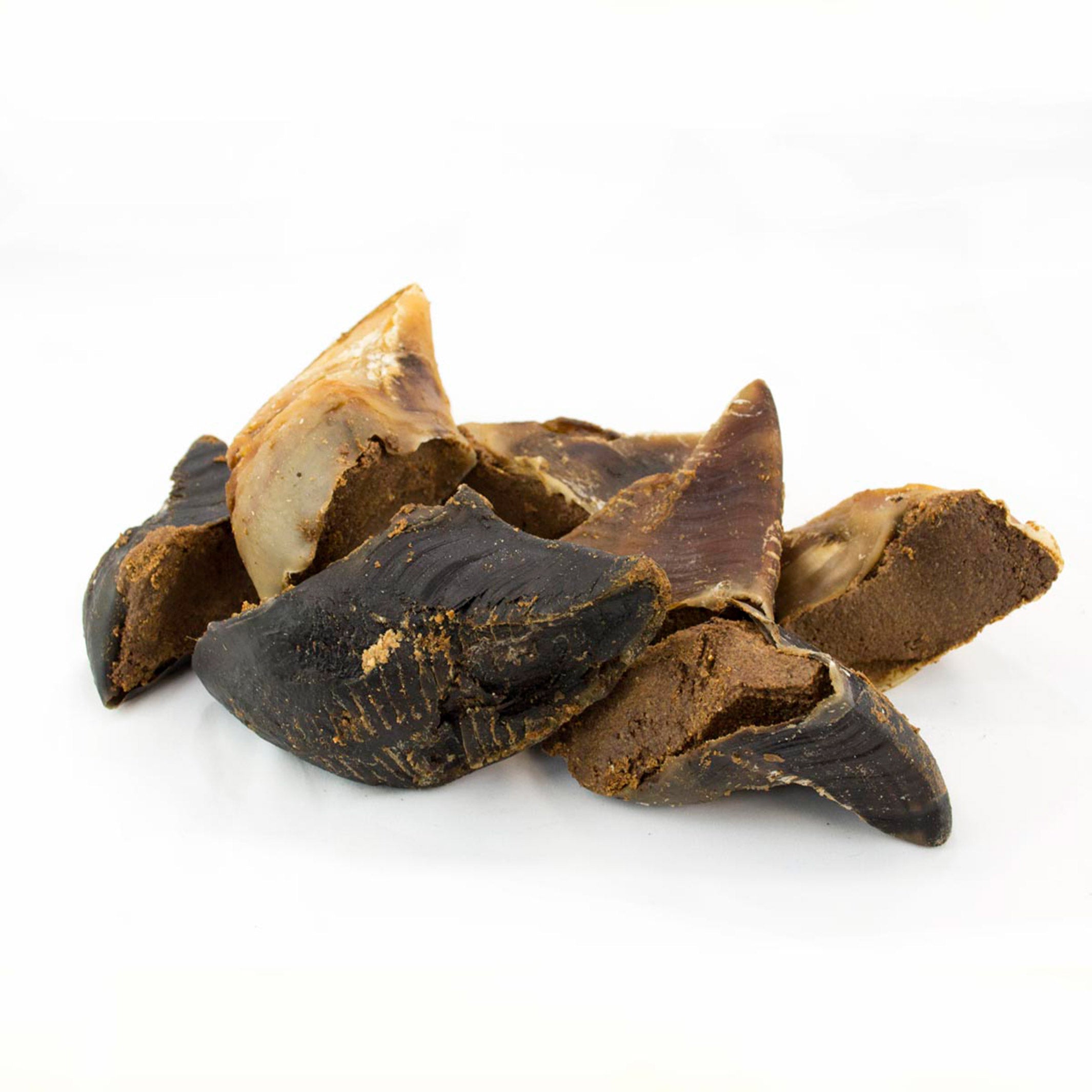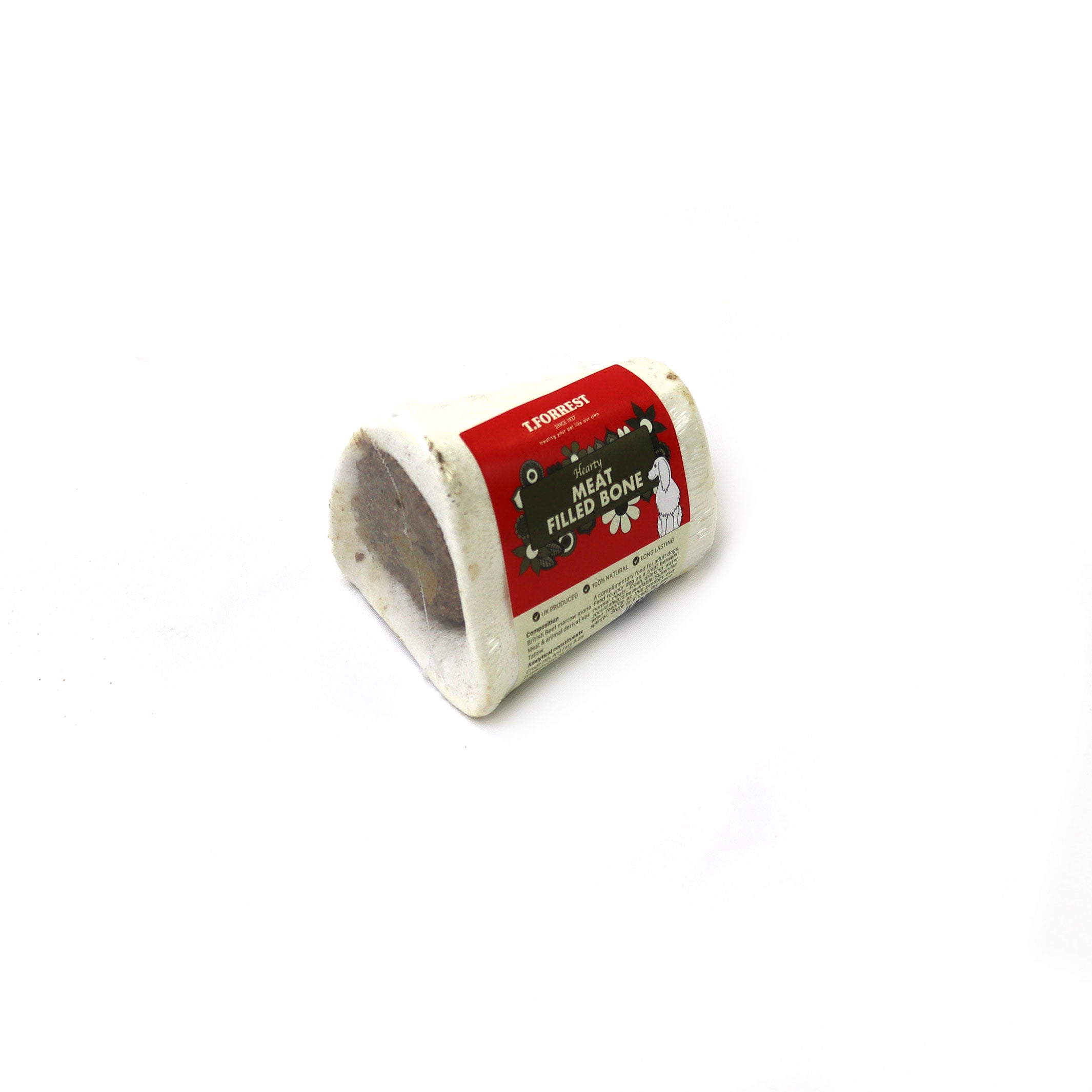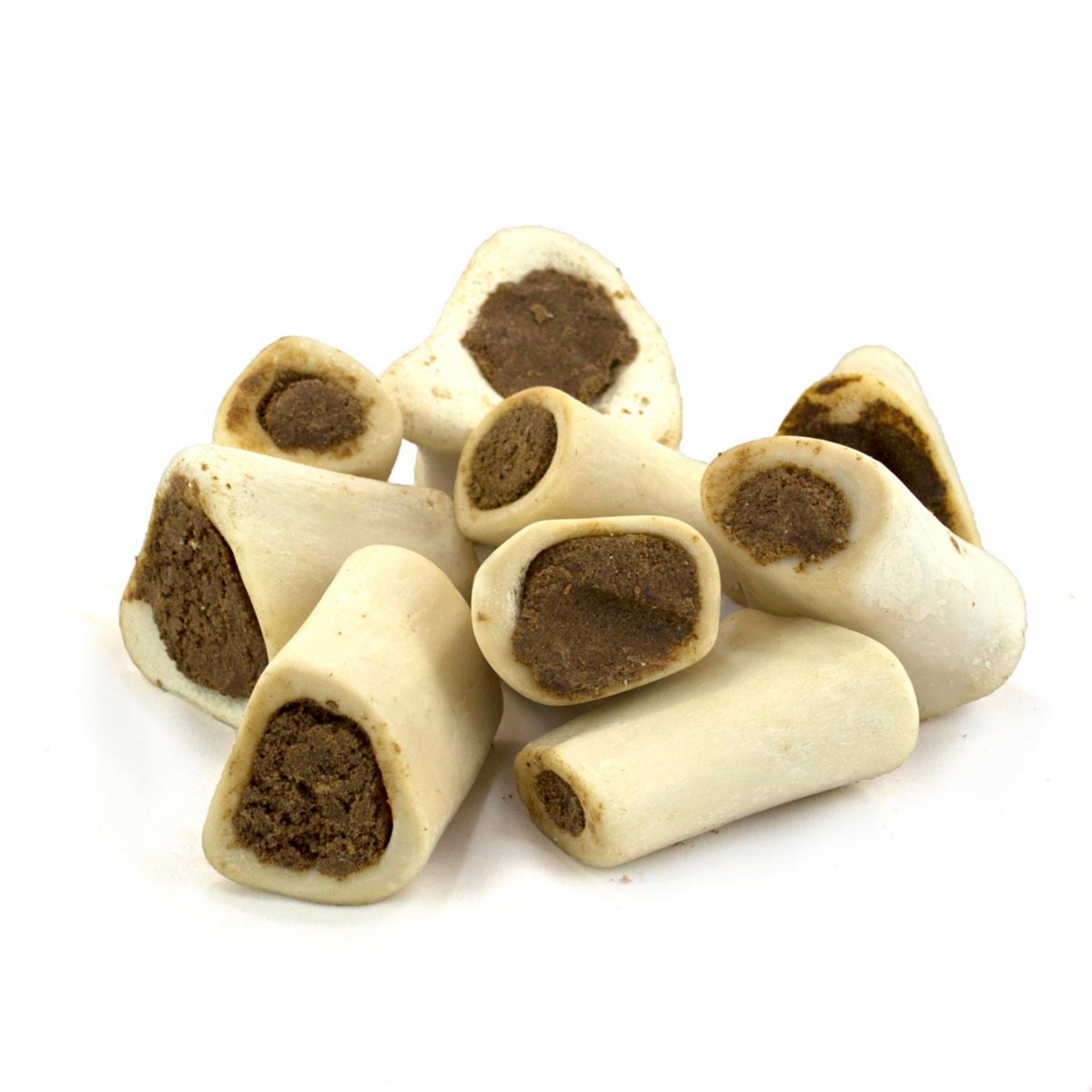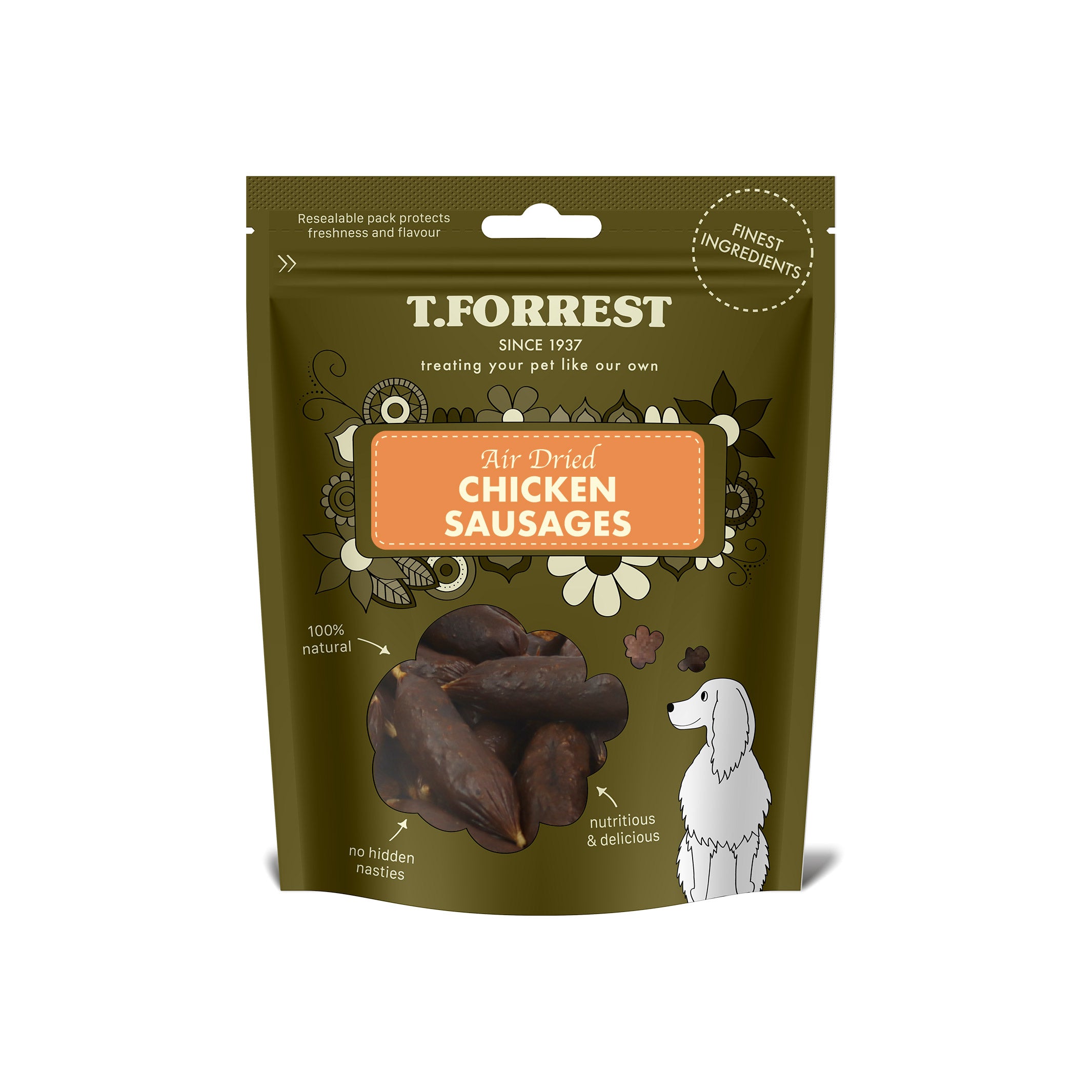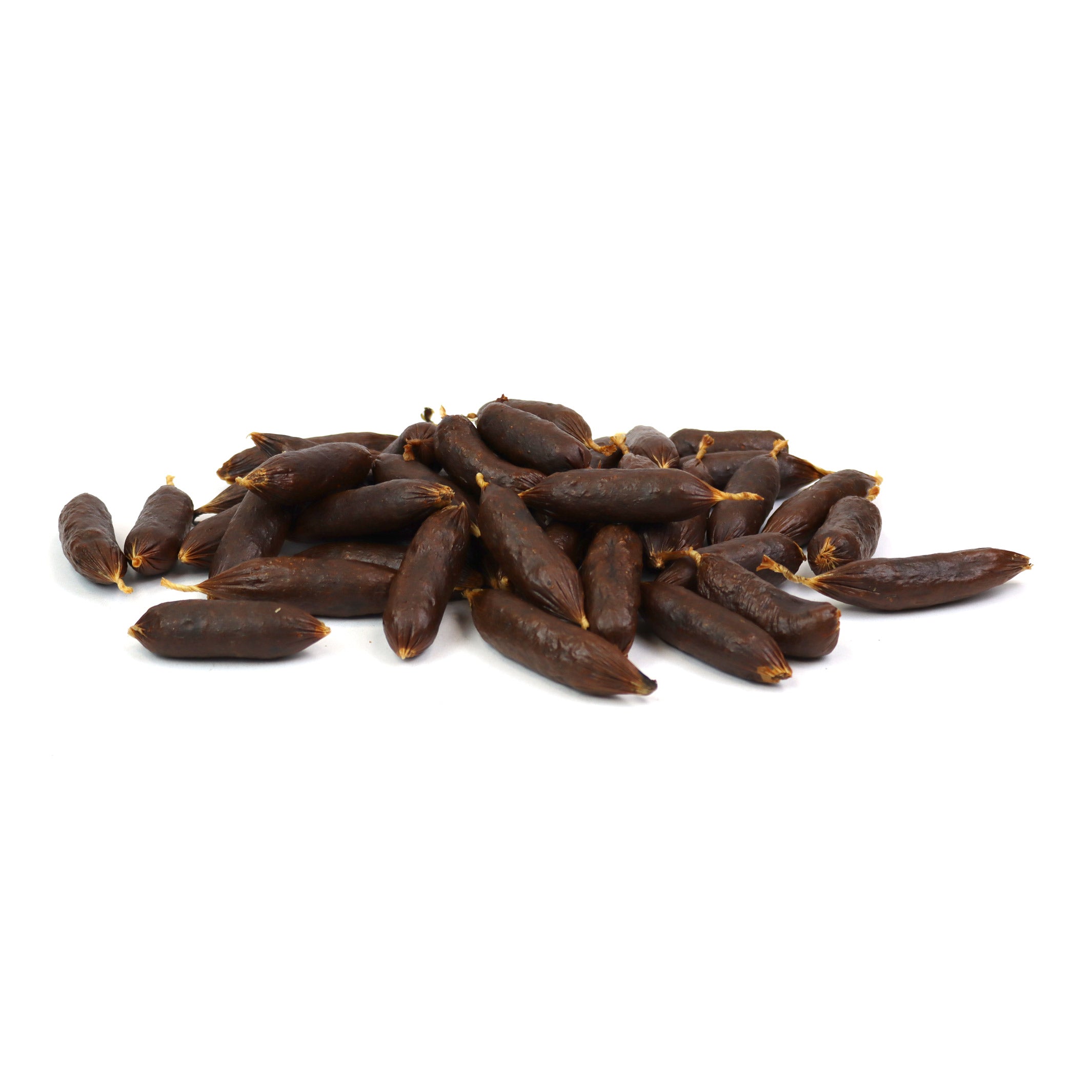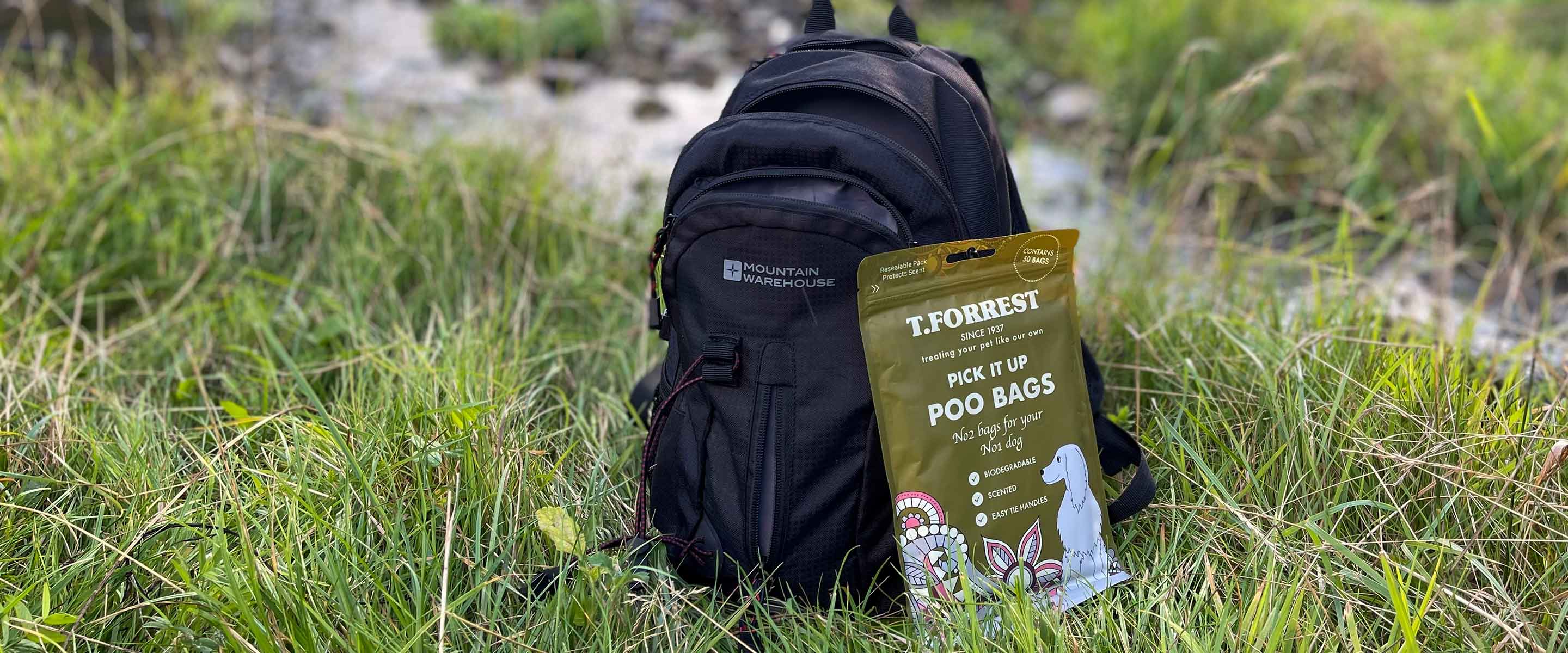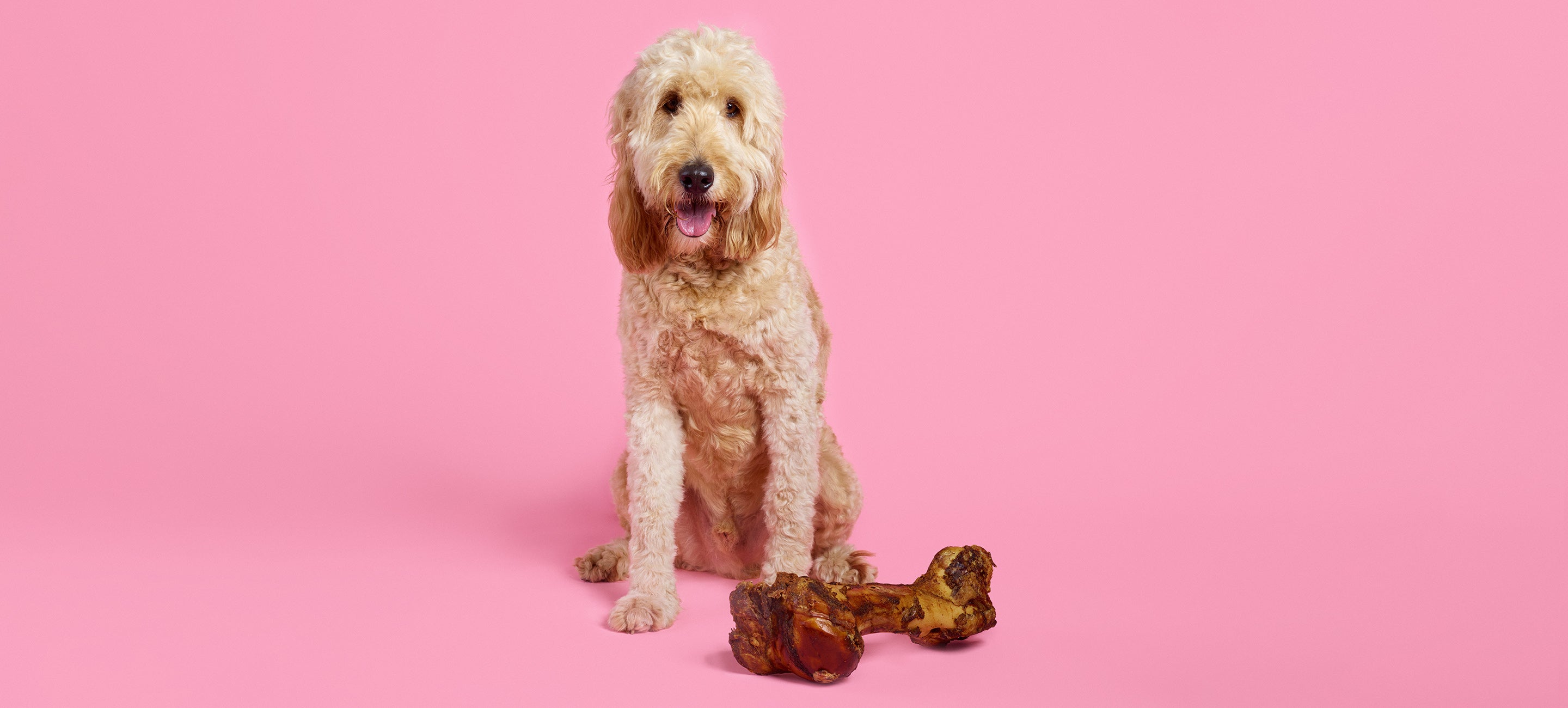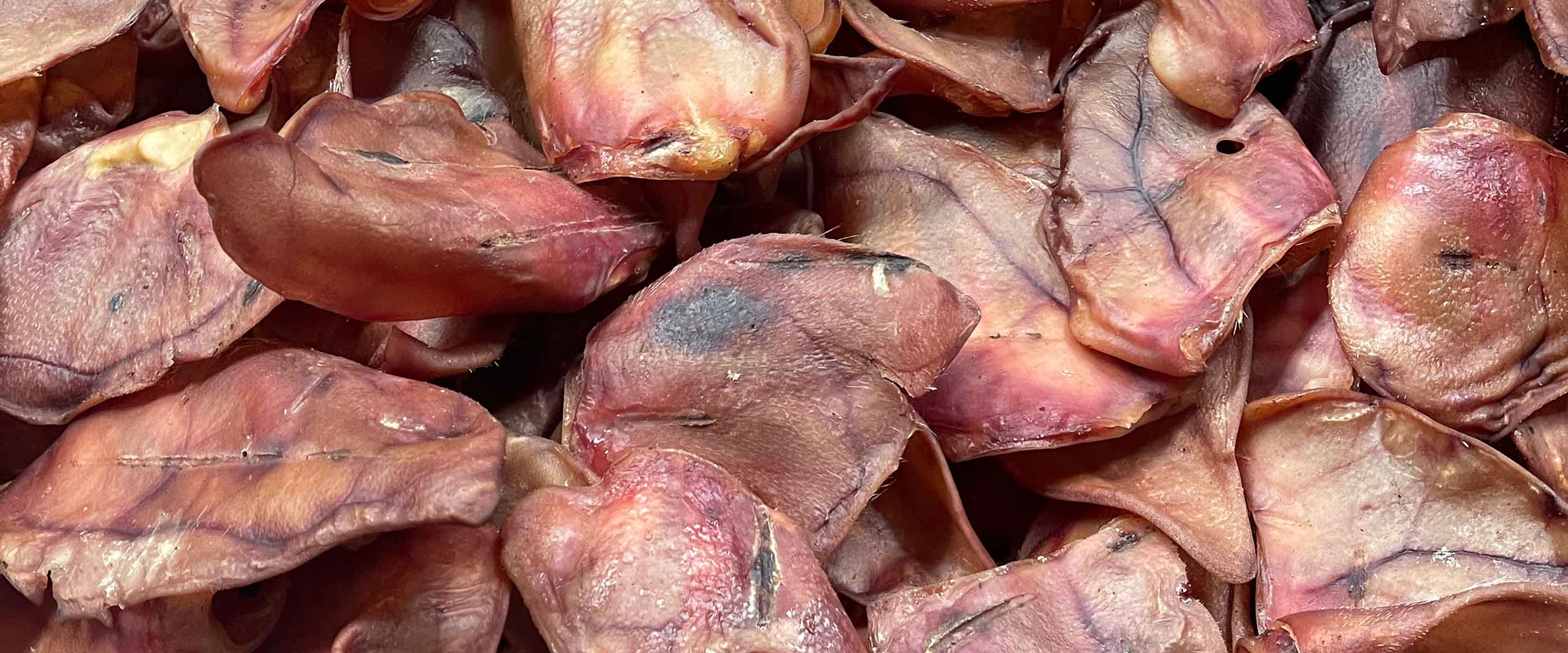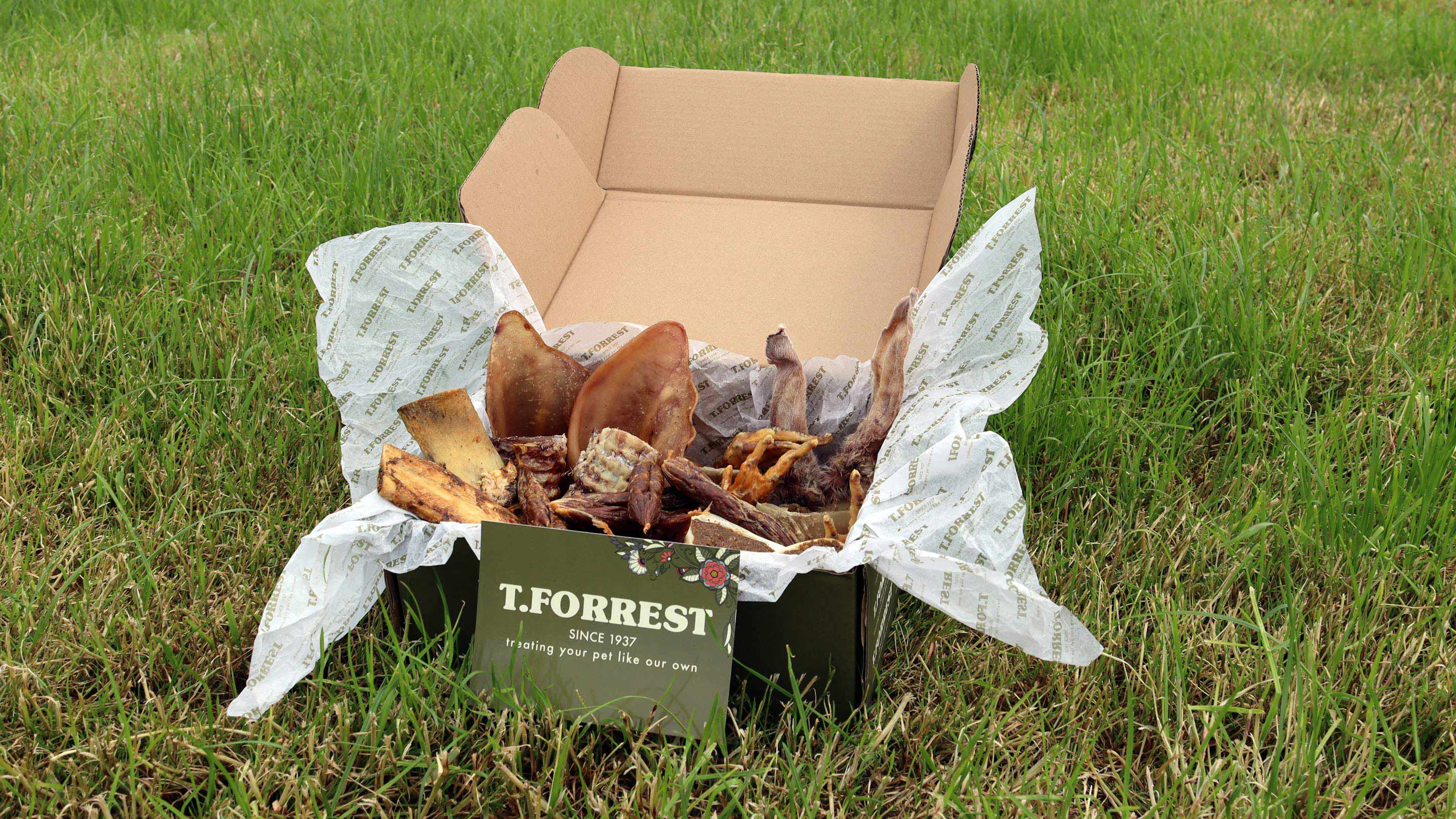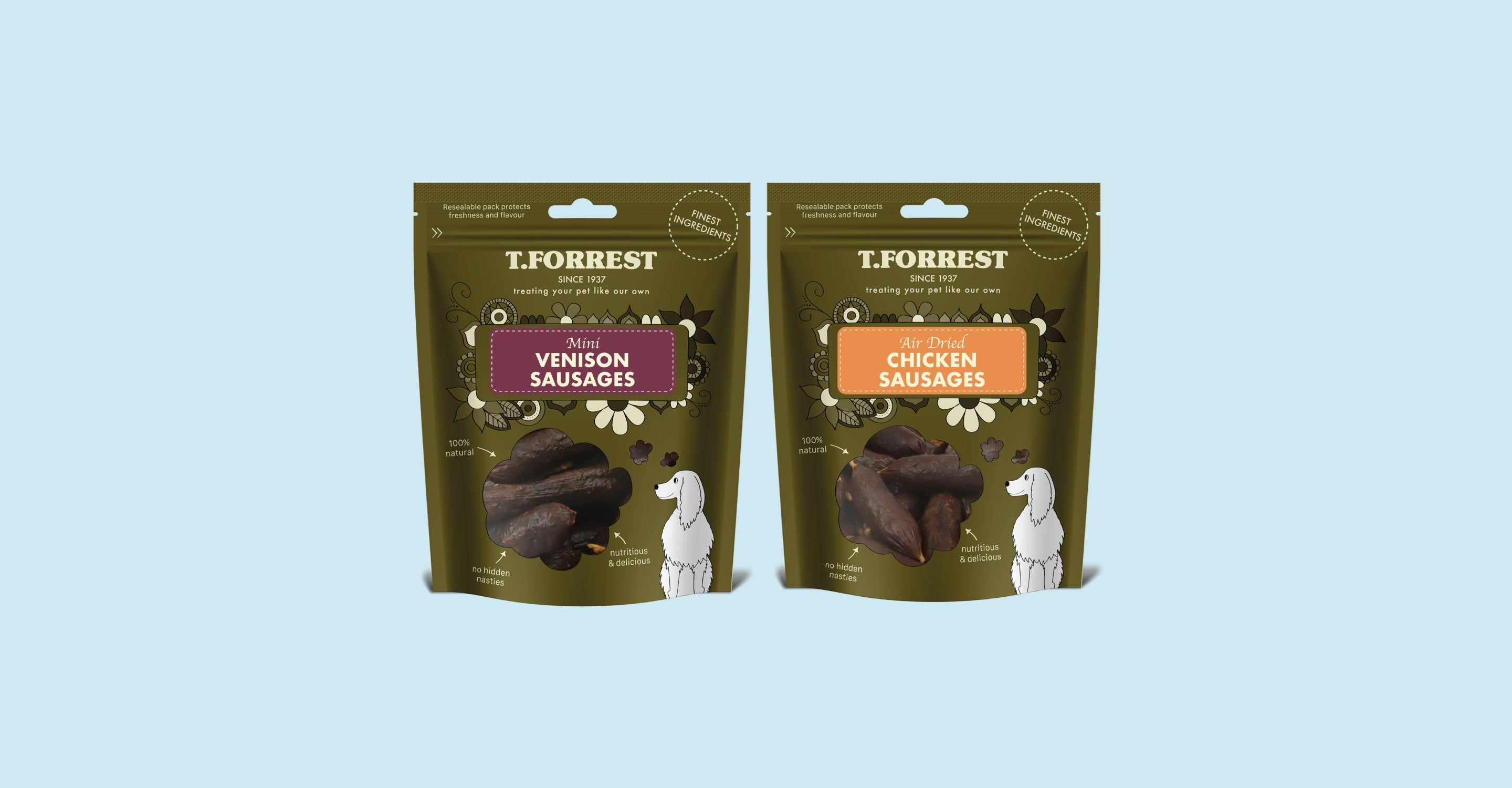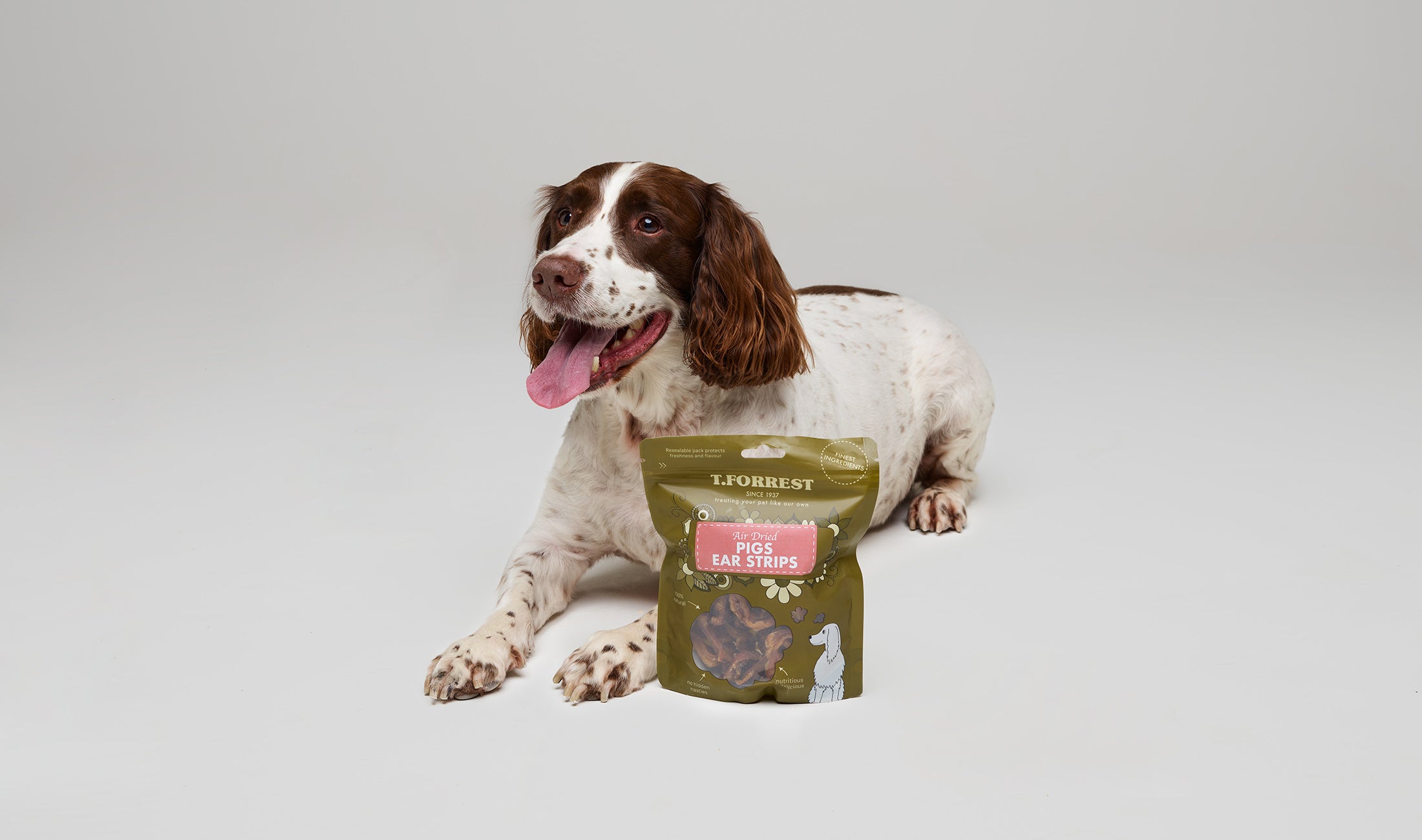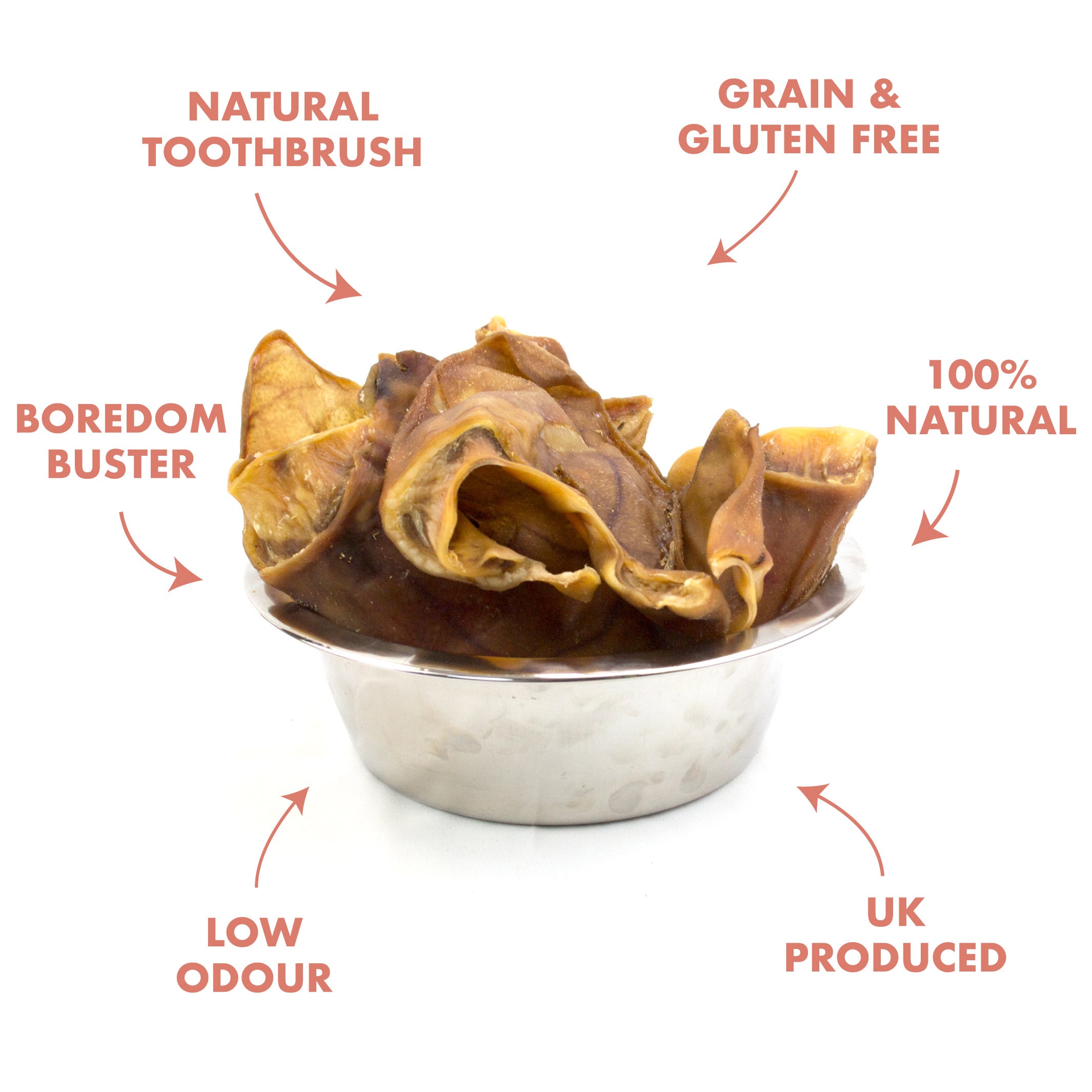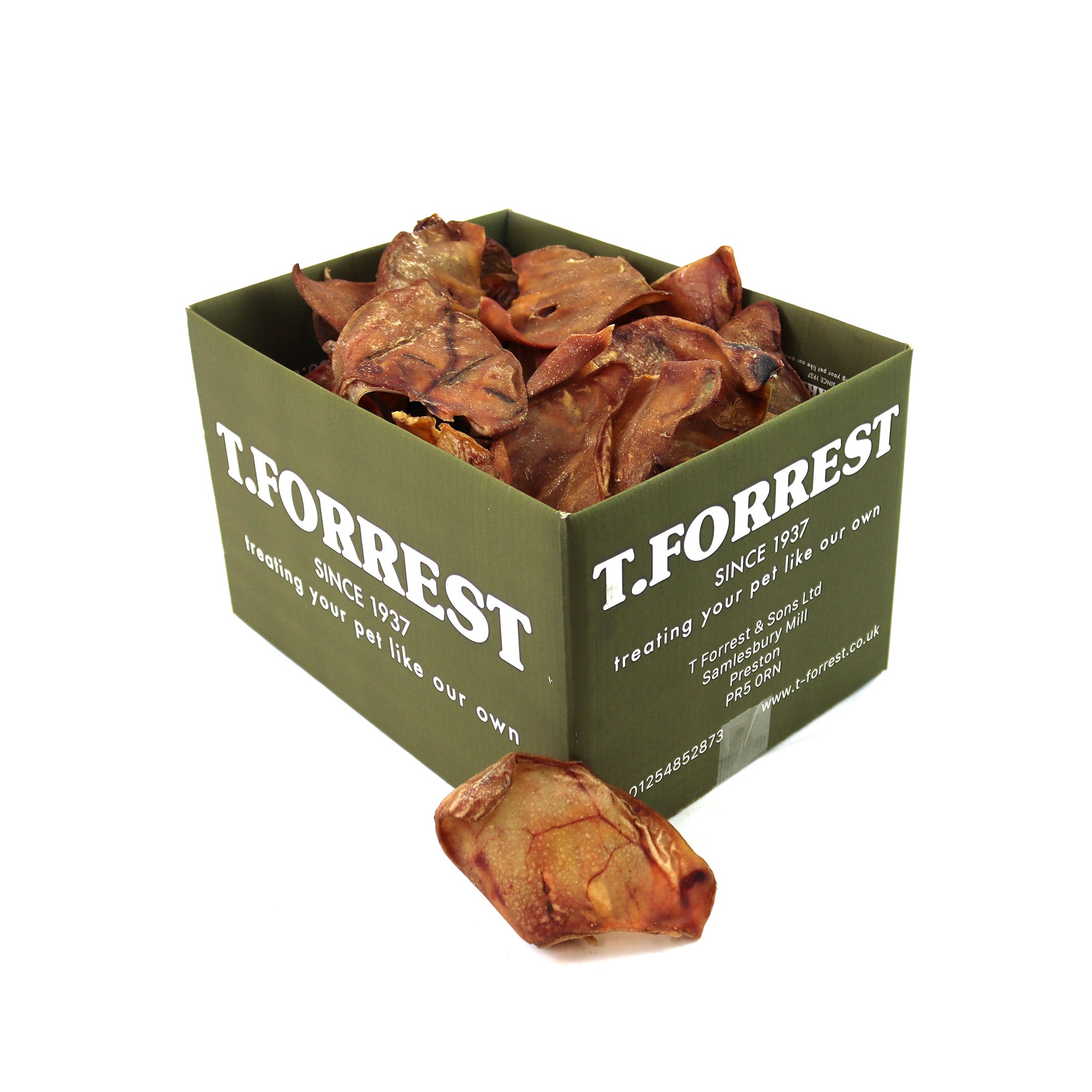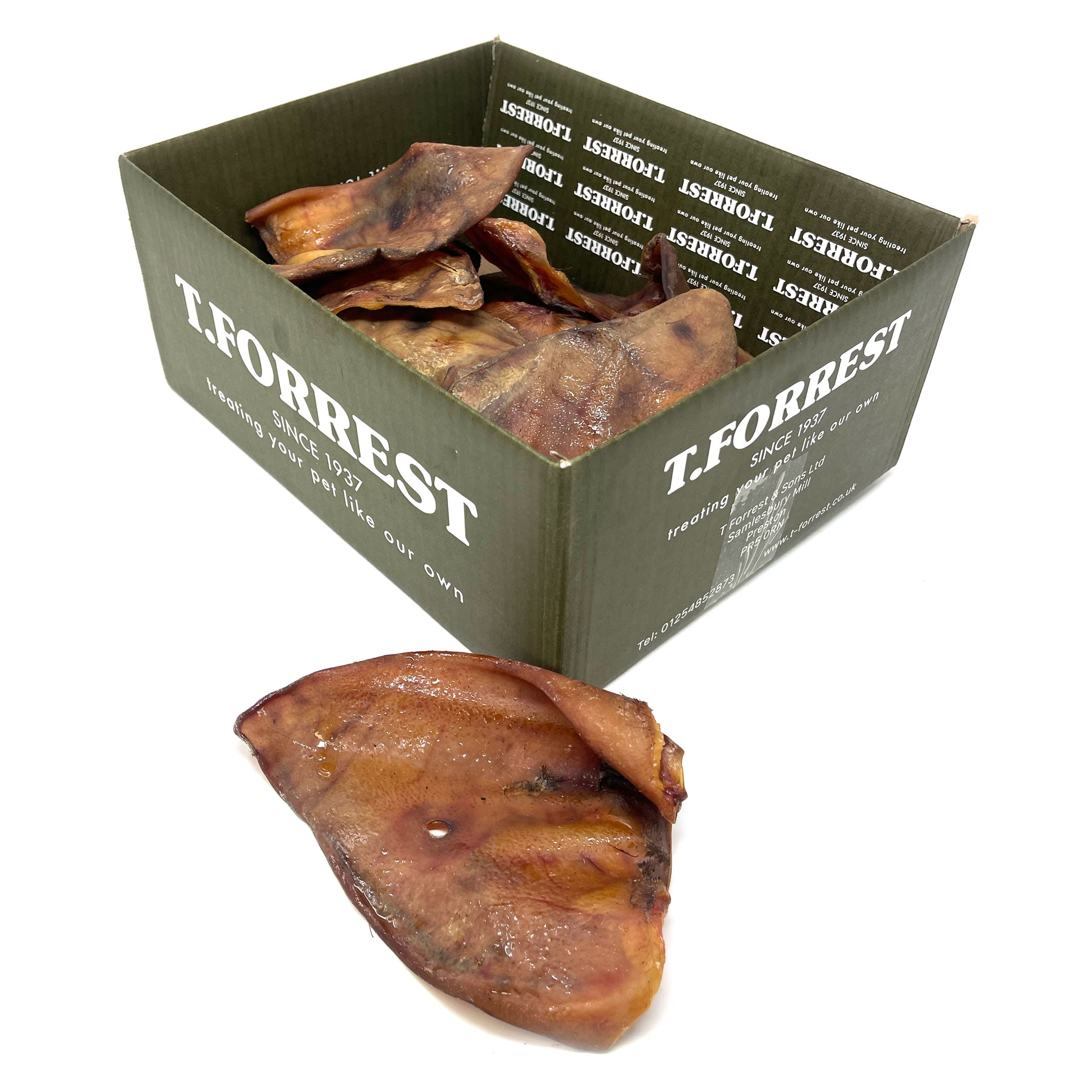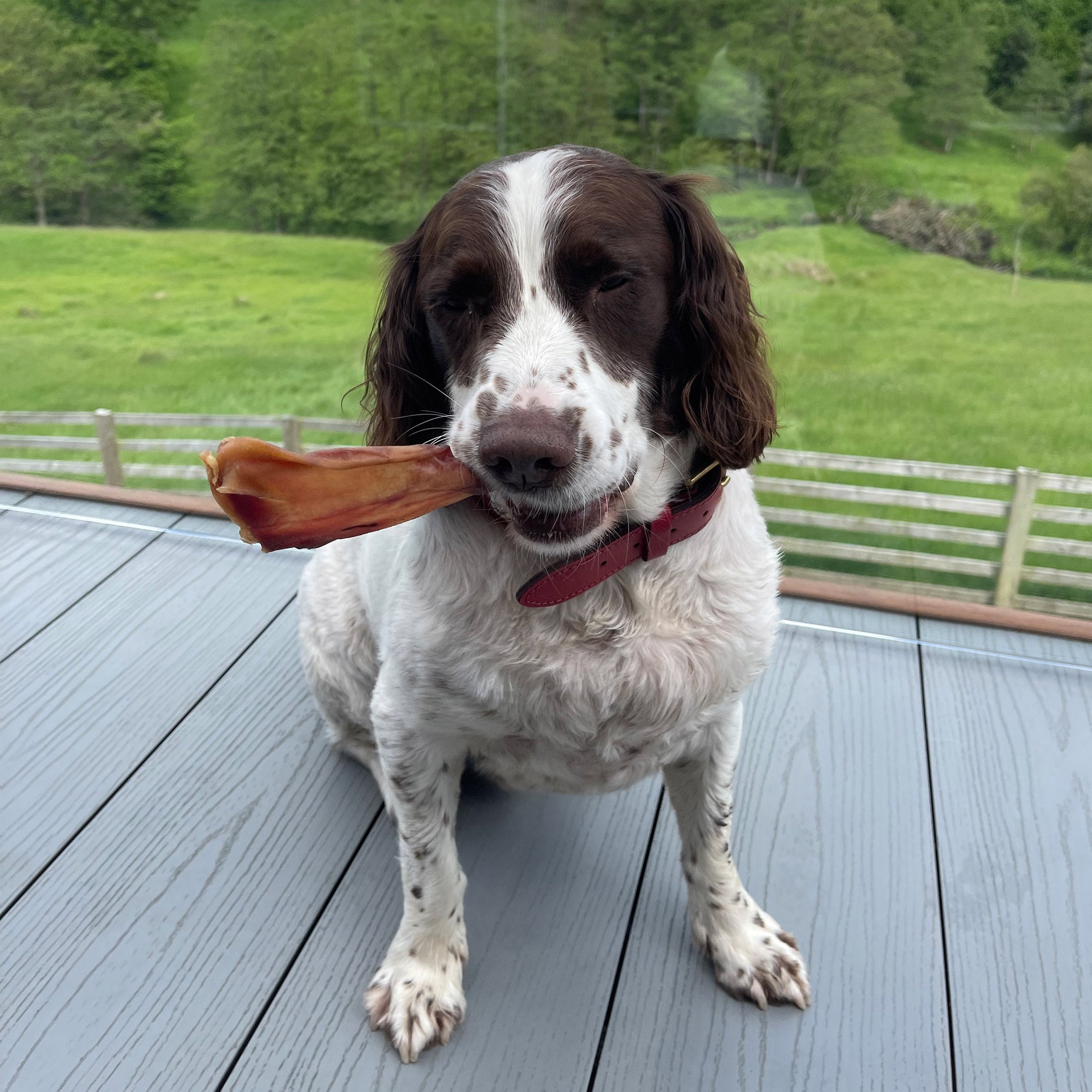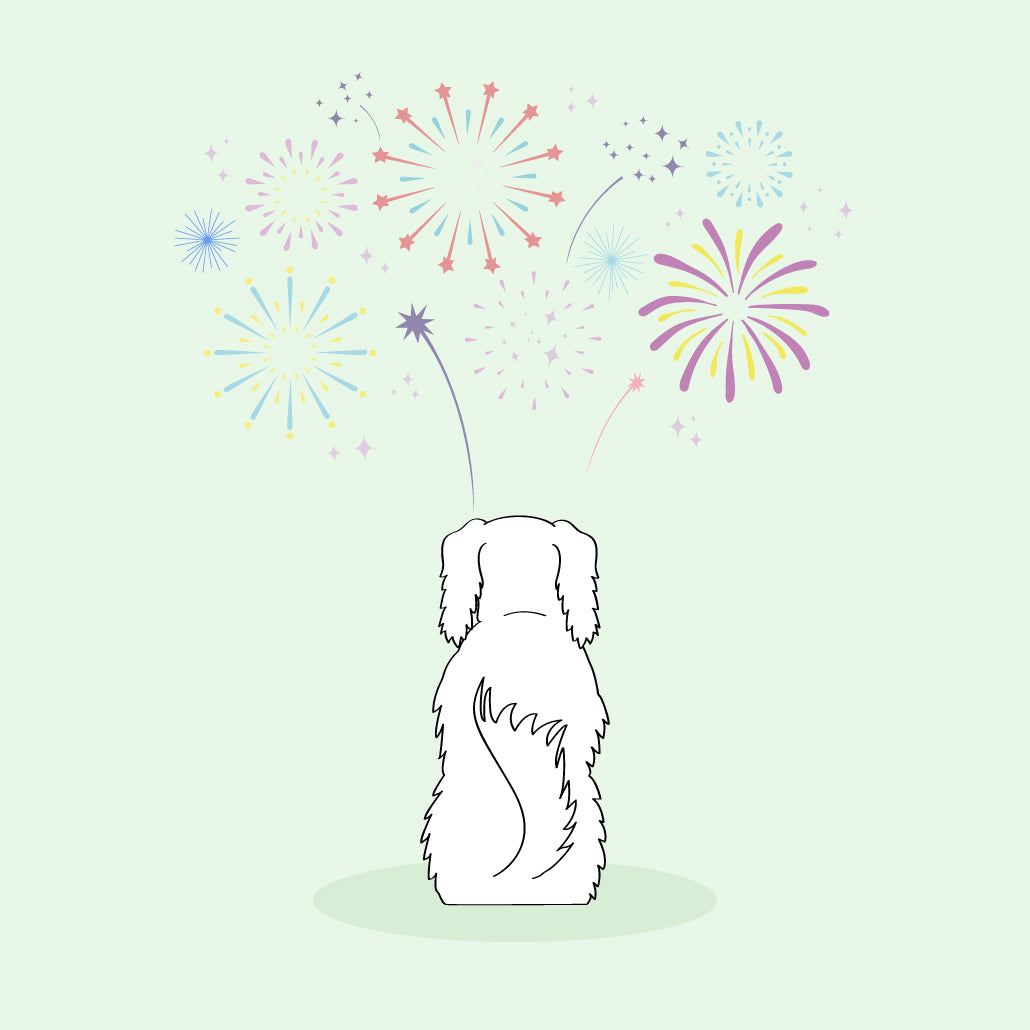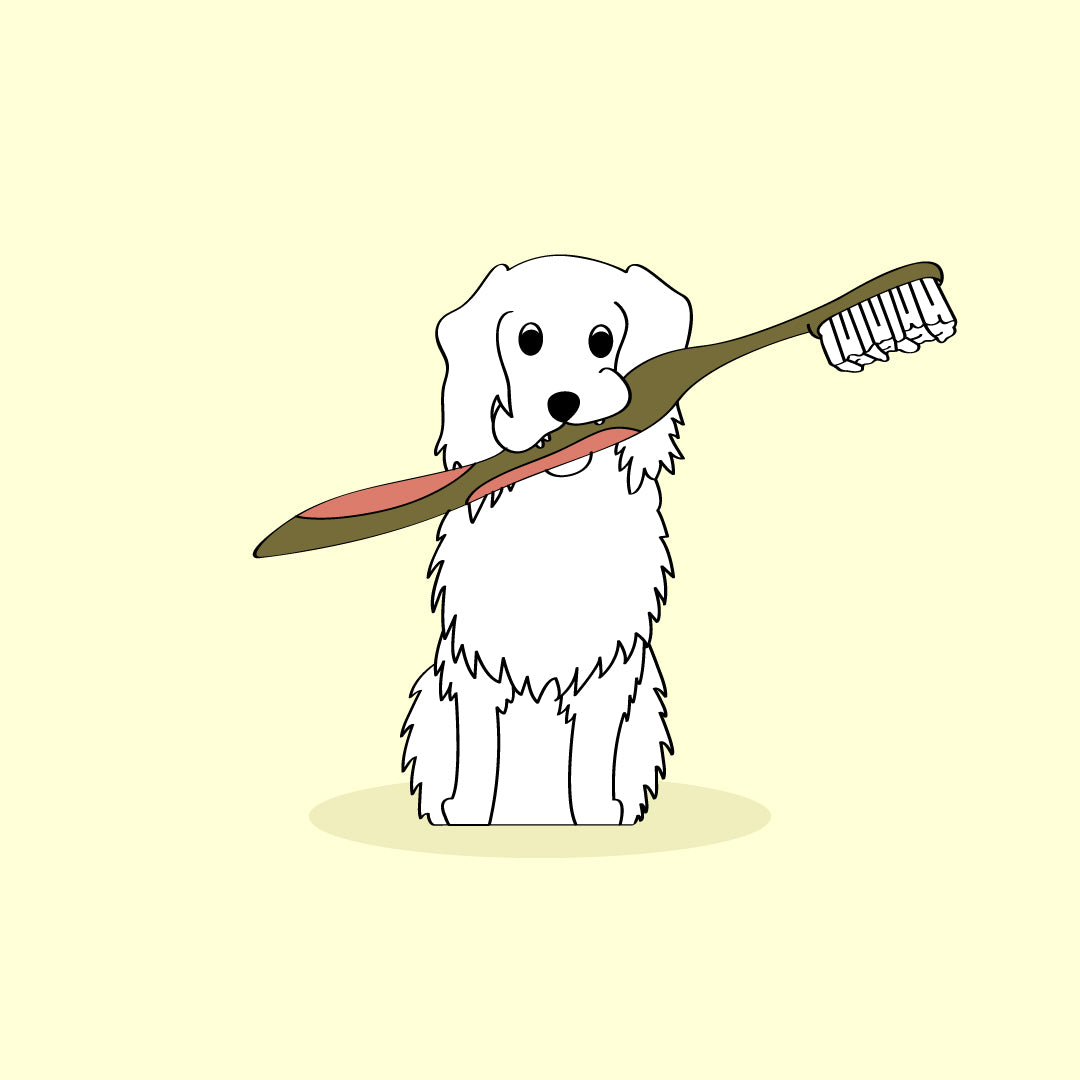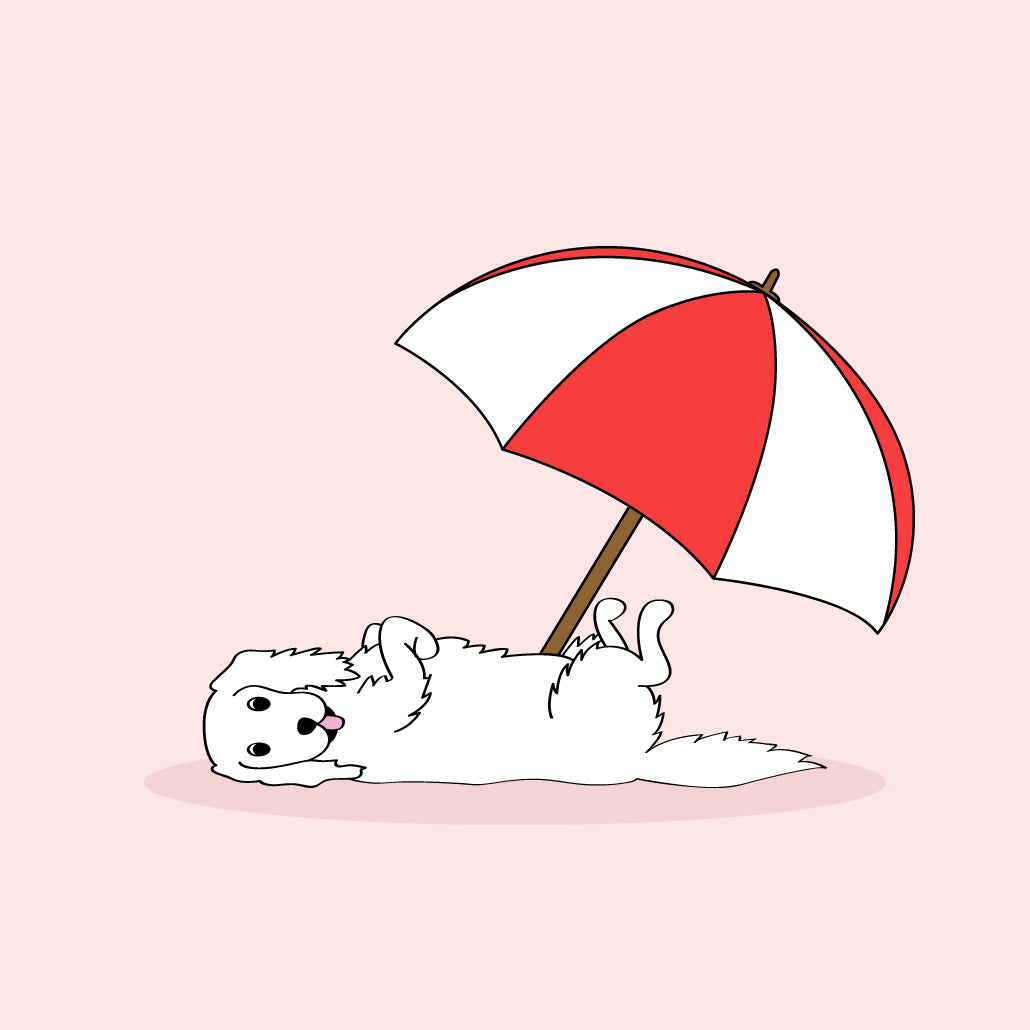4 Tips On Feeding dog bones
A dog bone is a great treat. When you think dogs, you think bones; the two go hand in hand. However, as food safety comes into the limelight there are owners that are not feeding their dogs bones through fear of their dog's health.
We have been producing bones for over 84 years. In our experience, the issue doesn’t always lie with the bones. It also lies on the attention and care of us the owners.
Bones are a wonderful treat. They are a great natural toothbrush and satisfy your dog's natural instinct to chew. Dog bones can also provide them with additional essential minerals and nutrients.
In addition, they offer mental stimulation and wellbeing to your canine companion. Safe dog bones are a great addition to your shopping list, but here are a few things you need to know when choosing the right bone.
AVOID CHEAP, CHEMICALLY PROCESSED BONES
- Will the bone splinter?
- Where has the bone come from?
- Will chunks break off?
- Are bones ok for my aggressive chewer?

CHEWING HABITS
Some dogs chew more than others. It's as simple as that!
Your Labrador’s instinct to chew will probably be drastically different to your Jack Russell.
You can, however, understand your breed’s chewing strength early on in order to plan ahead.
If you know your Labrador goes through bones within a short space of time, only allow them to chew for closely monitored, short amounts of time. Let them chew their bone for 15 minutes after meals to help loosen food from between their teeth, for example, then take it away and save it for next time.
CHOOSE THE RIGHT SIZE DOG BONE
When you browse through bones and treats for your dog, you’ll notice a pretty wide variation in size. It may be funny to watch your tiny chihuahua chomp on a bone bigger than its own body, but it’s certainly not the safest thing to do. The same holds true for big dogs and small bones.
Feeding your dog an appropriately sized bone is vital to keeping them safe. A small dog chewing on an oversized bone can cause dental damage. A big dog chewing on a bone that’s too small will speed up the deterioration process and possibly lead to them swallowing it whole.
Choose bones and treats that suit the size of your dog. A guide is that the bone should be larger than your dog's muzzle, which will help keep them from swallowing the whole thing.
AVOID CHICKEN BONES AT ALL COSTS
Poultry bones from animals like chicken or turkey should never be fed to your dog. 
These bones are brittle and break apart incredibly easily. They’re hollow and soft, which means there’s a huge potential for splintering, which can easily lead to choking and even internal damage.
Not only that, but they’re also quite small, which increases the chance your dog can swallow them whole.
Always play it safe, no matter how closely you monitor, and never feed your dog these types of bones.
WHAT ABOUT TREATS?
Most people focus on bone safety and forget about pet treat safety. Choosing safe pet treats is of the utmost importance.
WHAT ARE THE RISKS?
Just like bones, all our treats are 100% natural. Treats processed with chemicals, dyes, additives, and preservatives or bulk filler ingredients are not contributing to the health of your fur baby.
On the other hand, dog treats made from 100% natural ingredients can be an excellent addition to your dog’s daily routine - for dental health, mental stimulation, and rewards for good behavior. They also provide essential vitamins and nutrients to your dog's diet. Your dog should be getting treats that benefit their wellbeing.
How your dog consumes treats is another aspect to be conscious about. If you give your dog something like a bully stick, watch closely how your dog chewing. Do they chomp their way through the entire treat in a flash? This can increase the risk of your pup swallowing too big a piece at once. If so why not opt for a treat that might be better suited for an aggressive chewer? Something like our Paddywack might be better.
DO YOUR RESEARCH
There’s no need to avoid bones or even treats altogether. Instead, follow these tips to ensure your dog’s safety. Their health is your number one priority, and it’s ours, too.
Know the signs to watch out for, and plan accordingly when choosing the right bones and treats. Your dog will thank you!
Follow our guidelines on our product pages on the website and you can’t go wrong.
Always remember to provide fresh drinking water when feeding any treat! Supervise them always, especially bones as they do have that risk of splintering. Remove the treat when appropriate to prevent hazard.
Store these in a dry, cool place.

